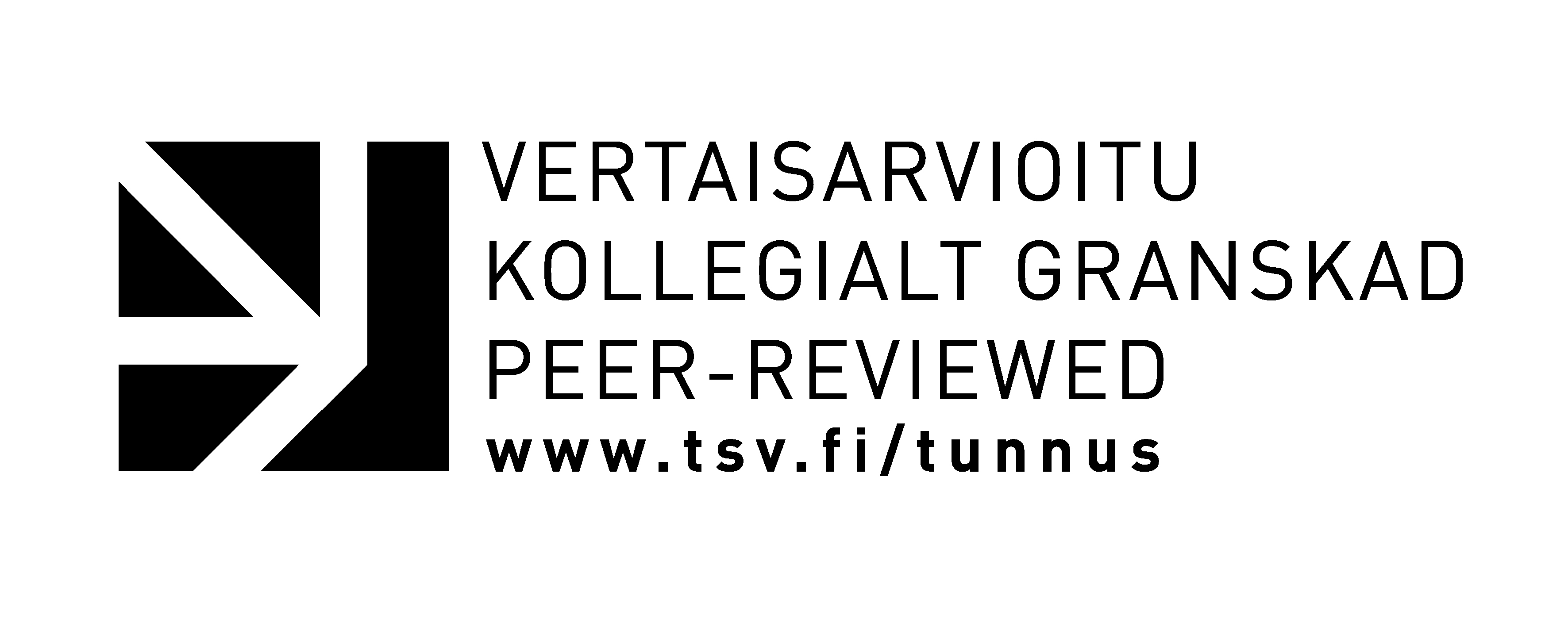Geography's ability to enhance powerful thinking skills and knowledge
Abstrakti
Finnish upper secondary geography education has faced major changes within the last decade. In 2014, geography lost one of its compulsory courses in the distribution of lesson hours. Afterward, curriculum reforms were conducted in 2015 and 2019, and the geography test in the Finnish matriculation examination was digitalized in 2016. Similar major changes have occurred across the globe over the last 20 years as geography’s position in schools has weakened. Therefore, geography educationists have engaged in discussion regarding the kinds of knowledge and thinking skills that geography encourages young people to learn during their years in school. This thesis acknowledges that geography involves much more than teaching and learning simple facts about world’s topography, regions, and places, which is how geography is usually understood in popular views.
The aim of this thesis is to widen our understanding of thinking skills and powerful knowledge in the context of geography education. Theoretically, the thesis brings together discussions of powerful geographical knowledge with thinking skills and knowledge dimensions from a revised version of Bloom’s taxonomy, and it suggests that these can be used as two “lenses” through which to examine geography. The main objective of the thesis is to examine geography’s potential to engage students in thinking skills and powerful geographical knowledge, using Finnish upper secondary geography education as an example.
This thesis is based on three individual research articles, and thus the empirical part of the thesis consists of multiple research materials: in-service upper secondary teachers’ concept maps and in-depth interviews; the geography test questions from the paper-based and digital forms of the Finnish matriculation examination between fall 2013 and spring 2019; students’ answers to the paper-based and digital geography test questions between fall 2015 and spring 2017; and learning objectives in upper secondary geography curricula documents from the years 2003, 2015, and 2019, which are examined through the qualitative research methodology approach. Both inductive and deductive content analysis are used as methods of analysis. Additionally, quantification, descriptive statistics, and statistical analyses are used to comprehensively understand the researched phenomenon.
In this compilation part of the thesis, the findings from the three original research articles are examined through the two “lenses” to reveal which geographical thinking skills and knowledge are emphasized. The findings suggest that the various thinking skills and knowledge dimensions, as well as powerful geographical knowledge types, are all present to some extent in Finnish geography’s learning objectives and test questions, students’ answers, and teachers’ conceptions. However, the majority of the learning objectives and test questions emphasize lower-order thinking skills, i.e. powerful geographical knowledge types 2 and 5. However, to some extent, teachers additionally emphasize higher-order thinking skills, i.e. powerful geographical knowledge types 1 and 4. The digitalization of the matriculation examination and the curriculum reforms slightly shifted the emphasis toward higher order thinking because the requirement to use analytical thinking skills—i.e. powerful geographical knowledge type 4—increased. Additionally, the findings suggest that students have difficulty answering questions that require them to use analytical (in digital tests only), evaluative, and creative thinking or procedural knowledge, i.e. powerful geographical knowledge types 4, 3, and 1.
The findings indicate that geography has the potential to enhance students’ higher-order thinking skills and engage them in powerful geographical knowledge, but further development is needed. First, there is a need to reevaluate the optimal distribution between lower- and higher-order thinking skills in the geography curriculum’s learning objectives and the geography test questions in the Finnish matriculation examination. Additionally, there is a need to engage geography teachers and students in reflection on thinking skills and powerful geographical knowledge. Moreover, there is a need to consider the possibility of placing more emphasis on higher-order thinking skills, because this will enable the development of students’ powerful geographical knowledge in greater depth. In conclusion, this thesis provides one perspective on geography education and presents one framework for understanding thinking skills and powerful knowledge in geography. This framework can be used to plan the aims of geography education, or to choose teaching artifacts, methods, or assessments tasks. Moreover, it can be applied in order to “speak the same language” so as to develop geography education, and above all to develop students’ powerful geographical knowledge and thinking skills.
Keywords revised Bloom’s taxonomy, powerful geographical knowledge, upper secondary education, geography education, geography curriculum, learning objectives, summative assessment, teachers’ conceptions, students’ performance, higher-order thinking skills

Julkaistu
Viittaaminen
Copyright (c) 2022 Eerika Virranmäki

Tämä työ on lisensoitu Creative Commons Nimeä-EiKaupallinen-EiMuutoksia 4.0 Kansainvälinen Julkinen -lisenssillä.







